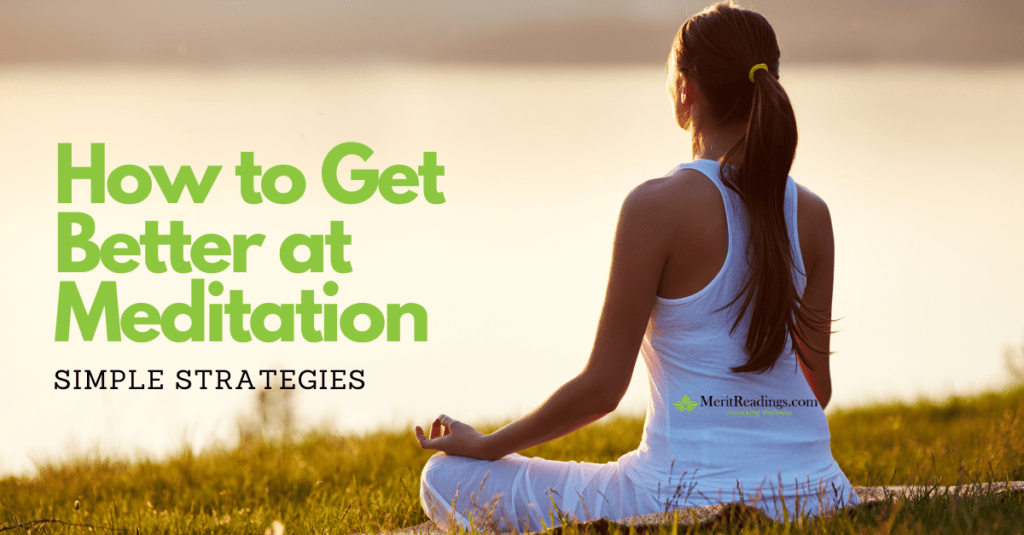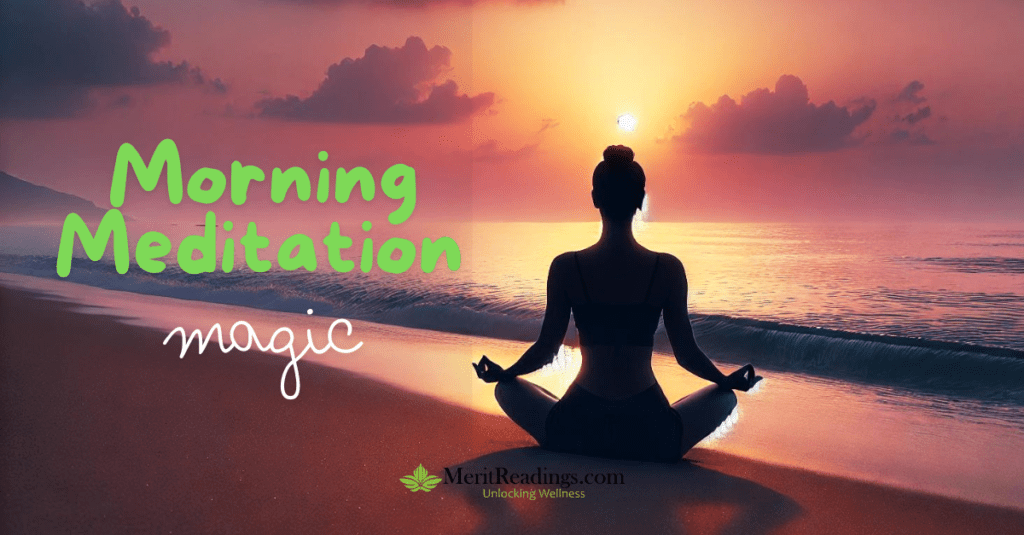“Mindfulness is about being fully awake in our lives. It is about seeing the beauty in every moment.” — Dr. Jon Kabat-Zinn
Life can get pretty busy, right? Between work, family, and everything else, it’s easy to feel stressed and all over the place. Maybe you’ve even thought, “When will I find time to meditate?” or “Am I doing this right?” Don’t stress—you’re not alone! Sarah, a software engineer, shared: “When I started meditating, I could barely sit still for 2 minutes. Now, after six months of daily practice, I look forward to my 20-minute sessions. It has made a big difference in how I handle stress at work and in my daily life.”
Meditation is deeply rooted in Eastern traditions like Buddhism and Hinduism, but today, it’s embraced globally, even outside religious practices. Whether you’re practicing for spiritual reasons or simply to reduce stress, there’s no wrong way to approach meditation. The key is finding what works for you.
Understanding Common Challenges
Before discussing strategies, you might wonder, “Why is it so hard for me to meditate?” Don’t worry—it’s normal! Understanding these challenges is the first step to making meditation easier.
1. Distractions: A noisy environment or a busy mind can make focus difficult.
2. Discomfort: Physical discomfort or an uncomfortable position can be distracting.
3. Expectations: Feeling pressured to “perform” rather than simply practice.
Realizing these issues is the first step to overcoming them.
The Science Behind Meditation
Research shows that making meditation a regular habit can lead to many positive effects.
1. Reduced Stress: A 2013 study in Psychology found that mindfulness meditation lowers the stress hormone cortisol.
2. Improved Focus: A 2019 study in Scientific Reports showed that even a little meditation can improve focus and memory.
3. Enhanced Emotional Regulation: According to a 2018 study in Human Neuroscience, long-term meditators show better emotional regulation in the brain.
Practical Strategies for Daily Meditation
Create a Dedicated Space
Choose a quiet, comfortable place in your home for meditation. This helps your brain know it’s time to focus and relax.
Start Small and Build
Begin with just 5 minutes a day and gradually increase. Regular meditation practice matters more than duration, especially when you’re starting.
Use Guided Meditations and Apps
Apps like Headspace, Calm, or Insight Timer offer structured programs and can help you stay consistent. A 2018 study found that using a mindfulness app for just 10 days can help lower stress and reduce agitation.
Manage Screen Time
Incorporate these habits to support your practice:
- Keep your phone in the other room to improve sleep quality.
- Start your day with meditation instead of immediately checking your phone.
- Track and limit your screen time with helpful apps.
- Delete social media apps.
- Switch your phone to grayscale.
- Turn off notifications from apps and ads.
Track Your Progress
Keep a meditation journal to note:
- Duration of practice
- Technique used
- How you felt before and after
- Any insights or challenges
This can help you stay motivated and see your progress over time.
Different methods to find what works best for you
Mindfulness meditation: Pay attention to each breath, inhale, and exhale. Let your breath keep you grounded in the present moment.
Loving-kindness meditation: Cultivate feelings of compassion for yourself and others.
Body scan: Carefully relax different parts of your body.
Walking meditation: Practice mindfulness while moving.
Fixing Common Issues
Racing thoughts: Acknowledge them without judgment and gently return your focus to your breath.
Physical discomfort: If you’re uncomfortable, change your posture or position. It’s okay to move if you need to.
Sleepiness: Try meditating at a different time of day or in a seated position instead of lying down.
Cultural Context
Meditation has roots in many cultures and religions, particularly in Eastern traditions like Buddhism and Hinduism. However, secular mindfulness practices have gained popularity worldwide. Understanding this context can enrich your practice and help you find a style that resonates with you.
A Meditator’s Journey
Sarah, a software engineer, shares: “When I started meditating, I could barely sit still for 2 minutes. Now, after six months of daily practice, I look forward to my 20-minute sessions. It has made a big difference in how I handle stress at work and in my daily life.”
How to Reach New Limits While Meditating
Once you’ve established a solid meditation practice, it’s time to challenge yourself and take it to the next level. Pushing your limits can help deepen your meditation experience and bring more benefits. Here’s how:
Increase Your Meditation Time: Gradually extend your sessions. Start with a few extra minutes each day and see how your focus and clarity improve.
Challenge Your Focus: Try meditating in more distracting environments or incorporate advanced techniques to test your ability to stay focused.
Push Through Discomfort: Whether it’s physical discomfort or mental restlessness, overcoming these challenges can help you grow in your practice.
Observe Emotional Resistance: Notice feelings of restlessness or anxiety, but instead of reacting to them, simply observe and refocus on your meditation.
Conclusion
Meditation is a journey of practice, not a test of performance. It’s perfectly okay to have days when it feels harder than others. The key is to be patient with yourself and embrace the journey. Like any new skill, learning meditation requires patience and practice to see the benefits.
As you continue to use these strategies and make meditation a regular part of your day, you’ll likely find that it becomes a source of calm and joy. Every session is a step forward, and even on the tough days, you’re moving in the right direction.
So, keep going! Celebrate your small wins and appreciate your efforts. You’re making wonderful progress, and with each practice, you’re building a more mindful and balanced life. Enjoy the process and trust that you’re on a positive path.



